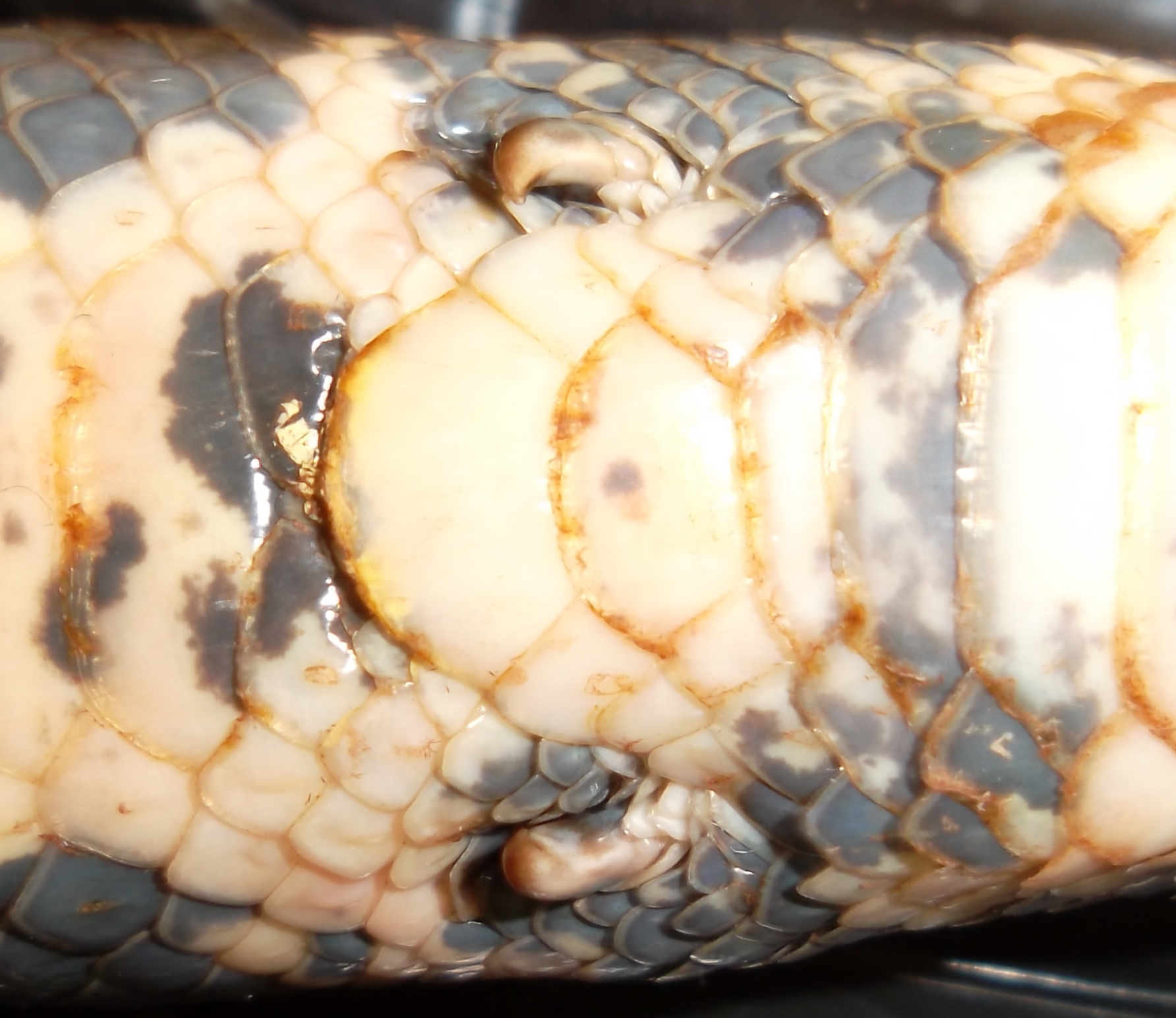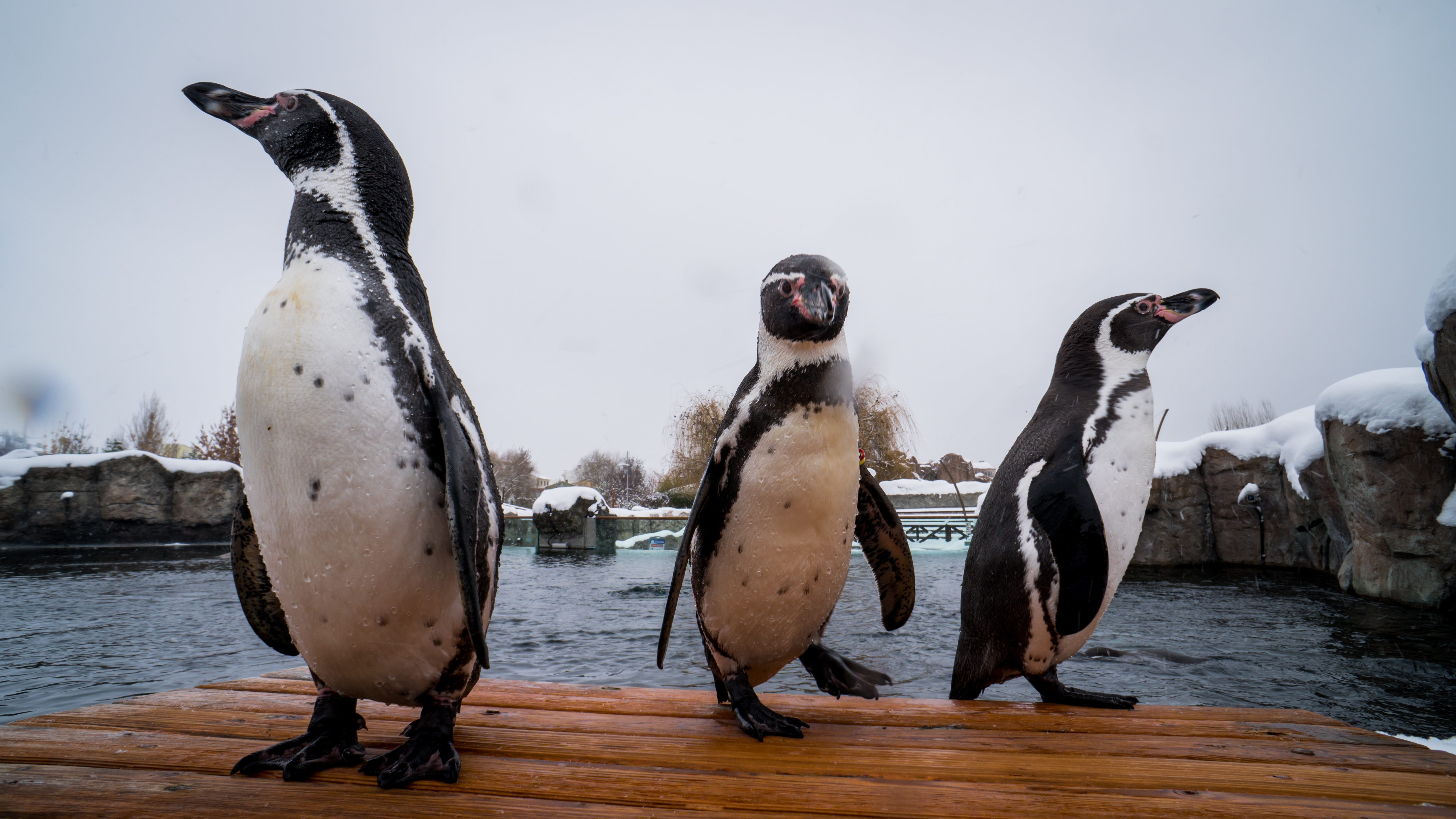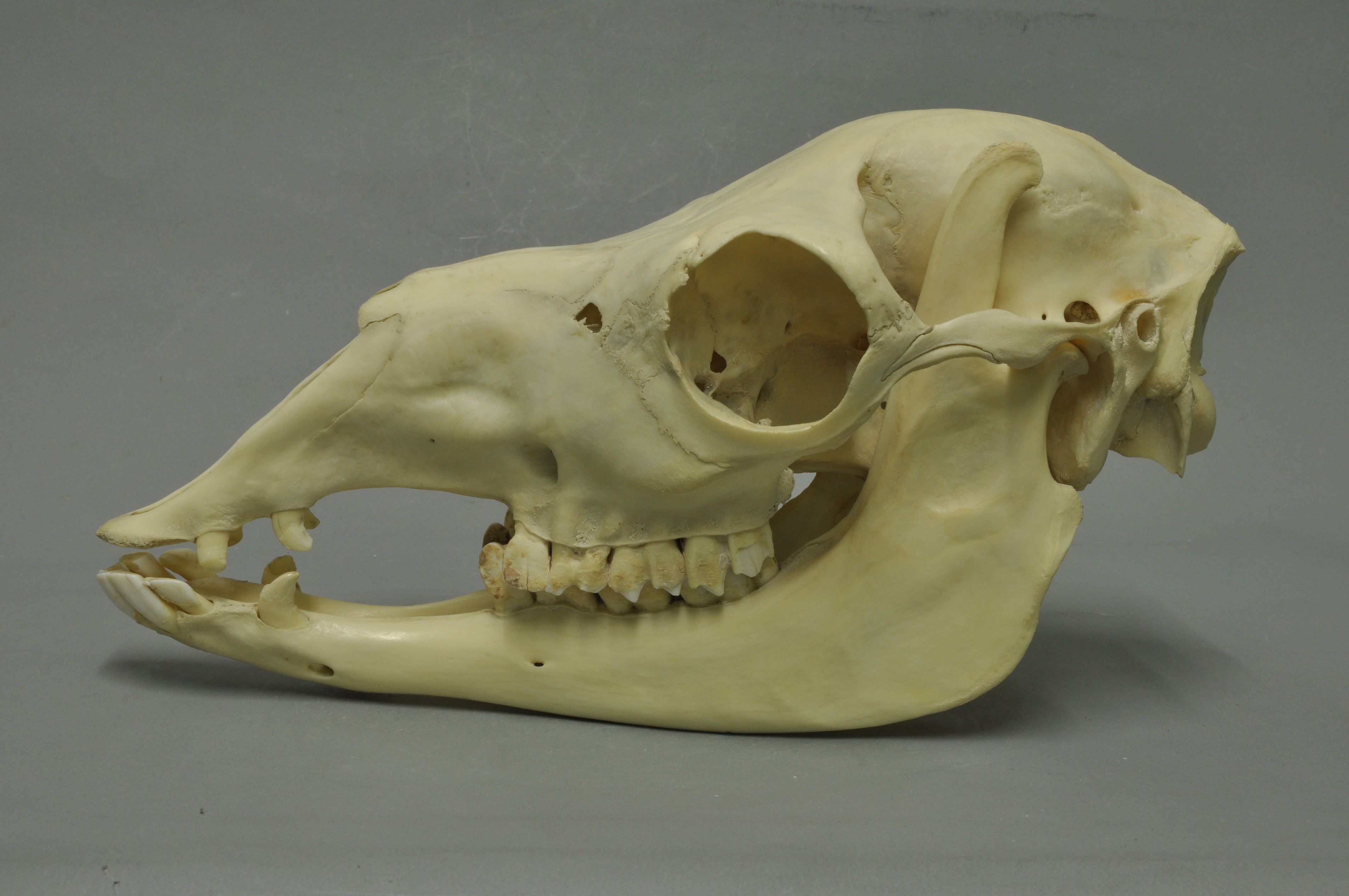|
ZoolĂłgico Nacional De Chile
The Chilean National Zoo (''ZoolĂłgico Nacional de Chile'') is a zoo that was founded in 1925 in Santiago, Chile. Located at the foot of San CristĂłbal Hill in what is known as the Santiago Metropolitan Park (''Parque Metropolitano de Santiago''), the zoo is home to thousands of animals representing 158 species. Unique exhibits feature Chilean native animals and birds including rare and endangered species. The Chilean National Zoo has a dual focus: to conserve and research species held at the zoo, and to educate and provide activities for the visiting public. History The history of the national zoo dates back to the 19th century. In 1882, the country's first zoo was inaugurated in Quinta Normal Park, Quinta Normal by professor Julio Bernard, followed twenty years later by another zoo in ConcepciĂłn, Chile, ConcepciĂłn featuring native animals, founded by professor and entomologist Carlos Reed. In 1921, Carlos Reed began a campaign with the Intendant of Santiago, Alberto Mackenna ... [...More Info...] [...Related Items...] OR: [Wikipedia] [Google] [Baidu] |
Santiago
Santiago (, ; ), also known as Santiago de Chile, is the capital and largest city of Chile as well as one of the largest cities in the Americas. It is the center of Chile's most densely populated region, the Santiago Metropolitan Region, whose total population is 8 million which is nearly 40% of the country's population, of which more than 6 million live in the city's continuous urban area. The city is entirely in the country's central valley. Most of the city lies between above mean sea level. Founded in 1541 by the Spanish conquistador Pedro de Valdivia, Santiago has been the capital city of Chile since colonial times. The city has a downtown core of 19th-century neoclassical architecture and winding side-streets, dotted by art deco, neo-gothic, and other styles. Santiago's cityscape is shaped by several stand-alone hills and the fast-flowing Mapocho River, lined by parks such as Parque Forestal and Balmaceda Park. The Andes Mountains can be seen from most points ... [...More Info...] [...Related Items...] OR: [Wikipedia] [Google] [Baidu] |
Boidae
The Boidae, commonly known as boas or boids, are a family of nonvenomous snakes primarily found in the Americas, as well as Africa, Europe, Asia, and some Pacific Islands. Boas include some of the world's largest snakes, with the green anaconda of South America being the heaviest and second-longest snake known; in general, adults are medium to large in size, with females usually larger than the males. Five subfamilies, comprising 12 genera and 49 species, are currently recognized. The Old Tupi name for such snakes was mbĂłi, which figures in the etymology of names such as ''jibĂłia'' and ''boitatĂĄ'' (the Brazilian name for the mythical giant anaconda). Description Like the pythons, boas have elongated supratemporal bones. The quadrate bones are also elongated, but not as much, while both are capable of moving freely so when they swing sideways to their maximum extent, the distance between the hinges of the lower jaw is greatly increased.Parker HW, Grandison AGC. 1977. Snakes ... [...More Info...] [...Related Items...] OR: [Wikipedia] [Google] [Baidu] |
Buildings And Structures In Santiago
A building, or edifice, is an enclosed structure with a roof and walls standing more or less permanently in one place, such as a house or factory (although there's also portable buildings). Buildings come in a variety of sizes, shapes, and functions, and have been adapted throughout history for a wide number of factors, from building materials available, to weather conditions, land prices, ground conditions, specific uses, prestige, and aesthetic reasons. To better understand the term ''building'' compare the list of nonbuilding structures. Buildings serve several societal needs â primarily as shelter from weather, security, living space, privacy, to store belongings, and to comfortably live and work. A building as a shelter represents a physical division of the human habitat (a place of comfort and safety) and the ''outside'' (a place that at times may be harsh and harmful). Ever since the first cave paintings, buildings have also become objects or canvasses of much artistic ... [...More Info...] [...Related Items...] OR: [Wikipedia] [Google] [Baidu] |
Parks In Santiago, Chile
A park is an area of natural, semi-natural or planted space set aside for human enjoyment and recreation or for the protection of wildlife or natural habitats. Urban parks are green spaces set aside for recreation inside towns and cities. National parks and country parks are green spaces used for recreation in the countryside. State parks and provincial parks are administered by sub-national government states and agencies. Parks may consist of grassy areas, rocks, soil and trees, but may also contain buildings and other artifacts such as monuments, fountains or playground structures. Many parks have fields for playing sports such as baseball and football, and paved areas for games such as basketball. Many parks have trails for walking, biking and other activities. Some parks are built adjacent to bodies of water or watercourses and may comprise a beach or boat dock area. Urban parks often have benches for sitting and may contain picnic tables and barbecue grills. The largest ... [...More Info...] [...Related Items...] OR: [Wikipedia] [Google] [Baidu] |
Zoos In Chile
A zoo (short for zoological garden; also called an animal park or menagerie) is a facility in which animals are kept within enclosures for public exhibition and often bred for conservation purposes. The term ''zoological garden'' refers to zoology, the study of animals. The term is derived from the Greek , , 'animal', and the suffix , , 'study of'. The abbreviation ''zoo'' was first used of the London Zoological Gardens, which was opened for scientific study in 1828 and to the public in 1847."Landmarks in ZSL History" , Zoological Society of London. In the alone, zoos are visited by over 181 million people annually. Etymology [...More Info...] [...Related Items...] OR: [Wikipedia] [Google] [Baidu] |
Darwin's Frog
Darwinâs frog (''Rhinoderma darwinii''), also called the Southern Darwin's frog, is a species of Chilean/Argentinian frog of the family Rhinodermatidae. It was discovered by Charles Darwin during his voyage on voyage on HMS ''Beagle''. on a trip to Chile. In 1841, French zoologist AndrĂ© Marie Constant DumĂ©ril and his assistant Gabriel Bibron described and named Darwin's frog. The diet of ''R. darwinii'' consists mostly of herbivore invertebrates. R. ''darwinii'' is currently classified as an endangered species by the International Union for Conservation of Nature. Darwinâs frog is most known for its unique method of brooding. The male will facilitate development of its tadpoles inside its vocal sac. This male brooding makes Darwinâs frog distinct from other frog species (as the only other frog that has this behavior is the ''R.'' ''rufum'', which may be extinct). Characteristics Size Darwin's frog is a small species with a snoutâtoâvent length of . The snout ... [...More Info...] [...Related Items...] OR: [Wikipedia] [Google] [Baidu] |
PudĂș
The pudus (Mapudungun ''pĂŒdĂŒ'' or ''pĂŒdu'', es, pudĂș, ) are two species of South American deer from the genus ''Pudu'', and are the world's smallest deer. The chevrotains (mouse-deer; Tragulidae) are smaller, but they are not true deer. The name is a loanword from Mapudungun, the language of the indigenous Mapuche people of central Chile and south-western Argentina. The two species of pudus are the northern pudu (''Pudu mephistophiles'') from Venezuela, Colombia, Ecuador, and Peru, and the southern pudu (''Pudu puda''; sometimes incorrectly modified to ''Pudu pudu'') from southern Chile and south-western Argentina. Pudus range in size from tall, and up to long. The southern pudu is classified as near threatened, while the northern pudu is classified as Data Deficient in the IUCN Red List. Taxonomy The genus ''Pudu'' was first erected by English naturalist John Edward Gray in 1850. ''Pudua'' was a Latinized version of the name proposed by Alfred Henry Garrod in 1877, but wa ... [...More Info...] [...Related Items...] OR: [Wikipedia] [Google] [Baidu] |
Humboldt Penguin
The Humboldt penguin (''Spheniscus humboldti'') is a medium-sized penguin. It resides in South America, its range mainly contains most of coastal Peru. Its nearest relatives are the African penguin, the Magellanic penguin and the GalĂĄpagos penguin. The Humboldt penguin and the cold water current it swims in both are named after the explorer Alexander von Humboldt. The species is listed as vulnerable by the IUCN with no population recovery plan in place. The current population is composed of 32,000 mature individuals and is going down. It is a migrant species. Humboldt penguins nest on islands and rocky coasts, burrowing holes in guano and sometimes using scrapes or caves. In South America the Humboldt penguin is found only along the Pacific coast, and the range of the Humboldt penguin overlaps that of the Magellanic penguin on the central Chilean coast. It is vagrant in Ecuador and Colombia. The Humboldt penguin has been known to live in mixed species colonies with the Magell ... [...More Info...] [...Related Items...] OR: [Wikipedia] [Google] [Baidu] |
Andean Condor
The Andean condor (''Vultur gryphus'') is a giant South American Cathartid vulture and is the only member of the genus ''Vultur''. Found in the Andes mountains and adjacent Pacific coasts of western South America, the Andean condor is the largest flying bird in the world by combined measurement of weight and wingspan. It has a maximum wingspan of and weight of . It is generally considered as the largest bird of prey in the world. It is a large black vulture with a ruff of white feathers surrounding the base of the neck and, especially in the male, large white patches on the wings. The head and neck are nearly featherless, and are a dull red color, which may flush and therefore change color in response to the bird's emotional state. In the male, there is a wattle on the neck and a large, dark red comb or caruncle on the crown of the head. The female condor is smaller than the male, an exception to the rule among birds of prey. The condor is primarily a scavenger, feeding on ... [...More Info...] [...Related Items...] OR: [Wikipedia] [Google] [Baidu] |
Rhea (bird)
The rheas ( ), also known as ñandus ( ) or South American ostriches, are large ratites (flightless birds without a keel on their sternum bone) in the order Rheiformes, native to South America, distantly related to the ostrich and emu. Most taxonomic authorities recognize two extant species: the greater or American rhea (''Rhea americana''), and the lesser or Darwin's rhea (''Rhea pennata''). The International Union for Conservation of Nature (IUCN) classifies the puna rhea as another species instead of a subspecies of the lesser rhea. The IUCN currently rates the greater and puna rheas as near-threatened in their native ranges, while Darwin's rhea is of least concern. In addition, a feral population of the greater rhea in Germany appears to be growing, though control efforts are underway, and seem to be succeeding in controlling the birds' population growth. Etymology The name "rhea" was used in 1752 by Paul Möhring and adopted as the English common name. Möhring named the ... [...More Info...] [...Related Items...] OR: [Wikipedia] [Google] [Baidu] |
Llama
The llama (; ) (''Lama glama'') is a domesticated South American camelid, widely used as a List of meat animals, meat and pack animal by Inca empire, Andean cultures since the Pre-Columbian era. Llamas are social animals and live with others as a herd. Their wool is soft and contains only a small amount of lanolin. Llamas can learn simple tasks after a few repetitions. When using a pack, they can carry about 25 to 30% of their body weight for 8 to 13 kilometre, km (5â8 miles). The name ''llama'' (in the past also spelled "lama" or "glama") was adopted by European colonization of the Americas, European settlers from Indigenous people in Peru, native Peruvians. The ancestors of llamas are thought to have originated from the Great Plains of North America about 40 million years ago, and subsequently migrated to South America about three million years ago during the Great American Interchange. By the end of the last Quaternary glaciation, ice age (10,000â12,000 years ago), ... [...More Info...] [...Related Items...] OR: [Wikipedia] [Google] [Baidu] |
Guanaco
The guanaco (; ''Lama guanicoe'') is a camelid native to South America, closely related to the llama. Guanacos are one of two wild South American camelids, the other being the vicuña, which lives at higher elevations. Etymology The guanaco gets its name from the Quechua word ''huanaco'' (modern spelling ''wanaku''). Young guanacos are called ''chulengos''. Characteristics Guanacos stand between at the shoulder, body length of , and weigh . Their color varies very little (unlike the domestic llama), ranging from a light brown to dark cinnamon and shading to white underneath. Guanacos have grey faces and small, straight ears. The lifespan of a guanaco can be as long as 28 years. Guanacos are one of the largest terrestrial mammals native to South America today.San Diego Zoo's Animal Bytes Other terrestrial mammali ... [...More Info...] [...Related Items...] OR: [Wikipedia] [Google] [Baidu] |






_01.jpg)

